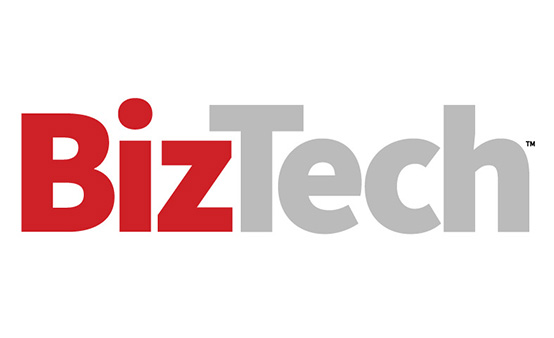1. Microsoft 365 With Viva
The Microsoft 365 cloud productivity suite now includes Viva, a customizable employee experience platform.
“Microsoft Viva is an integrated employee experience layer within the familiar Microsoft 365 suite, helping SMBs consolidate disparate functions like internal communications, learning resources and performance insights,” Agrawal says. “By bringing these elements into the daily flow of work, Viva effectively reduces information silos and strengthens organizational cohesion, providing essential support for dispersed teams in hybrid and remote work scenarios.”
2. Gemini for Google Workspace With AI Integration
Incorporating AI-powered tools in Gemini for Google Workspace allows SMBs to automate repetitive tasks, says Paul Nashawaty, principal analyst at theCUBE Research. That includes email sorting, document drafting and meeting transcription.
“The AI capabilities embedded within Gemini for Google Workspace provide SMBs with intelligent automation directly within their familiar productivity tools,” Agrawal adds.
Features for SMBs in Workspace include smart email categorization and predictive content and email generation, Brue says.
“Gemini can produce a very good first draft, so that gets them cranking through their emails a whole lot easier,” Brue says.
Brue uses Google Docs to collaborate in real time with her partner on Moor’s podcast.
“As we’re preparing topics for the podcast, I can see what he’s typing live, rather than waiting for him to send me his thoughts,” Brue says. “We’re collaborating in real time.”
“The recent announcement of Google Workspace Flows adds another layer, empowering SMBs to build their own custom, no-code automations across Workspace applications to further optimize specific business processes,” Agrawal says. The result? SMBs can augment workflows and accomplish more with fewer resources.
LEARN MORE: How can you leverage digital technology to build your modern workspace?
3. Slack With Workflow Builder
Slack’s Workflow Builder helps SMBs with tasks such as automating approvals, ticketing and onboarding. SMBs gain efficiencies through cross-department communication. Slack reports that automations on its platform result in a 35% increase in time savings.
Even nontechnical users can create custom workflows to improve their responsiveness and decrease their reliance on email and meetings, Nashawaty says.
In Slack, organizations can integrate other apps that are part of their workflow, including Asana, Jira for IT issue tracking or Google Drive.
“These integrations drive faster issue resolution and real-time updates, enhancing agility in dynamic work environments,” he says.
For SMBs, Workflow Builder can “democratize automation,” according to Agrawal. He says even nontechnical staff can use the tool to create custom routines for ordinary processes such as approvals or requests.
“By integrating these automated workflows with existing IT systems, it facilitates more agile cross-departmental communication, and teams can turn conversations directly into trackable actions,” Agrawal says.
Click the banner below to keep reading stories from our new publication BizTech: Small Business.













